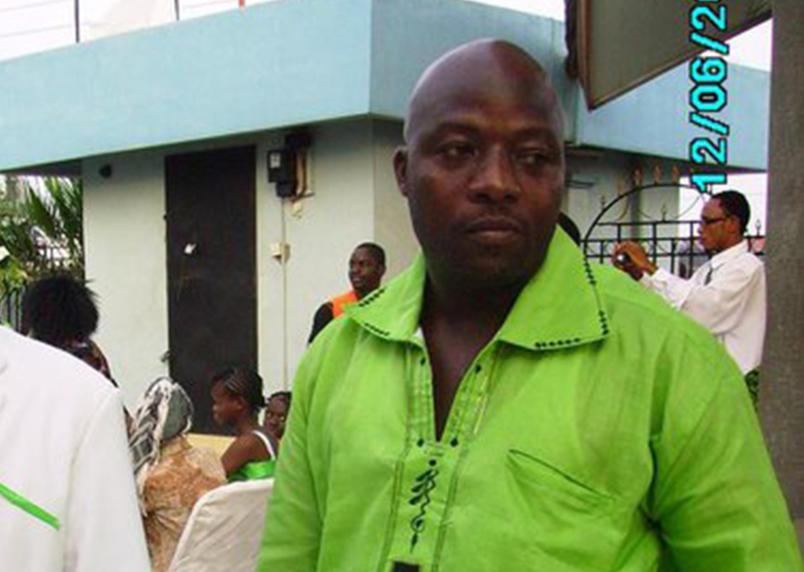With the real and disturbing news that at least two (it’s possible there could still be more) Dallas health workers contracted Ebola during the care for Eric Thomas Duncan, there’s some very notable and very good news that is getting much less attention. Today is October 19th, the last day of the quarantine for the family members who were living with Duncan just before he was hospitalized.
I don’t know precisely when today public health authorities will end the quarantine or precisely how they will handle it. But as far as we know, according to news reports as recently as yesterday, none of the family members have shown any symptoms of the disease. So we can now say close to definitively that none of them contracted Ebola even though they were living with him in close quarters as he entered the infectious period.
So what does this mean? Obviously it’s good news for the family members. But it is also good news generally because of what it tells us – or rather confirms for us – about the disease we are dealing with. It is a horrific disease. But prior to the end stage when victims have profuse diarrhea, vomiting and bleeding with extremely high viral loads of the contagion, it is not that easy to transmit.
Obviously family members could have gotten the disease. One or more of them almost certainly came into some level of contact with bodily fluids. But they didn’t. And it’s not simply luck. Given the math, it now seems almost certain that no one else who was in contact with Duncan prior to entering the hospital on September 28th was infected with the disease. It also suggests a low likelihood that the two nurses who were out and about before becoming symptomatic infected others.
So why did two nurses come down with it? It now seems that hospital staff were given contradictory and insufficient guidance on how to protect themselves, were not given access to the proper protective gear and much more. It was literally and figuratively a mess – a failure on the part of the hospital (which the two nurses will hopefully not pay too high a price for) but also a warning that your average US hospital was simply not prepared to deal with the mix of confusion, uncertainty and lack of familiarity with basic protocols that were virtually inevitable with the first ‘walk-in’ case of Ebola anywhere in the industrialized world.
Luckily, though, procedures in hospital settings can be tightened, changed – the contagiousness of Ebola ‘in the wild’, out in society in the early stages of the disease – can’t be. This evidence tends to confirm that it does not move rapidly or that efficiently. The CDC has already created a rapid response team that will go to a hospital as soon as the presence of an Ebola patient is reasonably suspected, to make sure correct protocols are being followed. That clearly should have been thought of and put in place before. It wasn’t. But now it has.
As I said, in-hospital protocols and compliance can be changed. The fundamental infectiousness of the disease cannot. The upshot of all this is that Ebola is behaving as epidemiological science told us it would. We’ve had some real goofs of execution. But that’s remediable. Deep errors in our understanding of the disease would be very, very different.
Here it is worth noting a key point about the difference between public risk and individual risk. Let’s say there is a 1 in 1000 or a 1 in 10,000 chance of me contracting Ebola from an early symptomatic Ebola patient on an airplane – we’re talking about this early stage when you have some level of temperature, probably are contagious but not in the full blown profusion of fluids stage. No one can guarantee me I won’t get sick. And that’s scary.
I might well not take my family on a plane if I knew there was a decent chance an infected person might be on board. Here the skeptics have a point: we don’t have definitive evidence on certain edge-case, low probability modes of transmission. It is difficult to prove a negative. And this is a new disease, with very little data on mass, as opposed to very confined, outbreaks. (Remember, very early in the AIDS epidemic, epidemiologists said it was extremely unlikely for HIV to spread via activities like kissing. But it is difficult to prove a negative and it requires years of negative evidence till something like that can be treated as proven.) But the kinds of probabilities which leave us short of a personal sense of absolute security are very important when modeling the speed of possible disease propagation and the ability of public health tools to arrest it.
This is good news. We should greet it as such.








